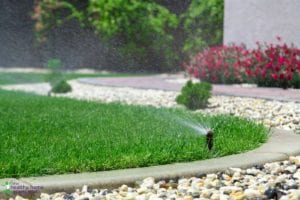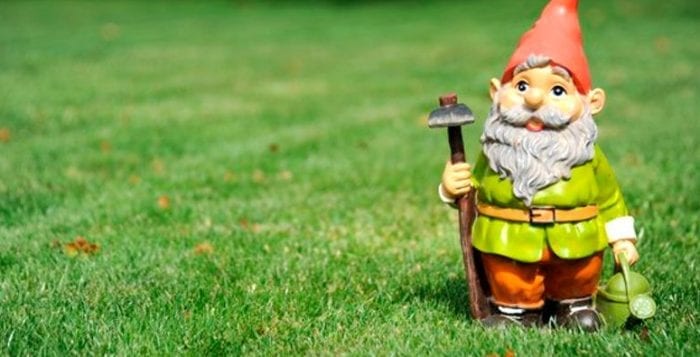It’s spring, and at this time of the year, as the ground thaws and the trees and flowers begin to bud, grass finally grows again. Grass — notorious grass.
Long Island’s suburbia is covered with manicured lawns, acres of it. According to a 2015 study conducted by NASA and several Colorado and Montana state universities, lawns take up over 63,000 square miles of land in the United States. It is the largest single crop in the country.
The tranquility of our suburban landscape will soon be filled with the screams and revving of lawn mowers and weed whackers as thousands groom their grass to a perfect 3 inches in height.
 What are we doing? Why have we all agreed that 3-inch, cut grass should be the norm for American lawns? Why has this become the norm?
What are we doing? Why have we all agreed that 3-inch, cut grass should be the norm for American lawns? Why has this become the norm?
One could assume it’s a status symbol, as it was historically for English and French aristocracy, who were looking to emulate the green rolling hills found in Renaissance art.
But actually, when Europeans brought their grass to America, the proliferation of the product became popular only in the last century, when grass became a utilitarian way to create uniformity.
Here’s the rub: Grass, used as American lawns, creates acres of useless plants. An American homeowner will, on average, spend 70 hours a year cutting grass. The U.S. Environmental Protection Agency has estimated U.S. homeowners use 7 billion gallons of water each year irrigating their lawns. While we on Long Island have less of an issue with the prospect of running out of water, so much of our water bills ends up being pumped onto pointless grass.
That grass is cut short before it begins to seed, so we fertilize and water the lawn to make sure it doesn’t die. Normally, small creatures or insects could feed on the seed. Instead, these landscapes have become arid land or a dew collection system.
The larger problem, more than merely being a waste of time, keeping a suburban lawn provides practically no assistance to the larger ecosystem. In a 2018 TBR News Media article, beekeepers called these landscapes “green deserts” because pollinating insects have no interaction with them. Lawns take up valuable space that could be used for plants that bear fruit or flower. Just think, a pound of honey takes about 2 million flower visits, and with bee colonies declining at a record rate, we need more pollinating plants, not less.
Well, what can one do?
Most neighborhoods certainly expect a green lawn. So, instead of spending time mowing and caring for lawns, try planting some relatively low maintenance, beautifying shrubs or ornamental grasses or beds of clover and moss.
If Long Island is the prototypical suburbia, perhaps it can also be the place that starts a small revolution and upends the green grass tyranny that has held American homeowners for too long. Maybe it will also stop the annoying buzz of lawn mowers reverberating throughout the North Shore.





